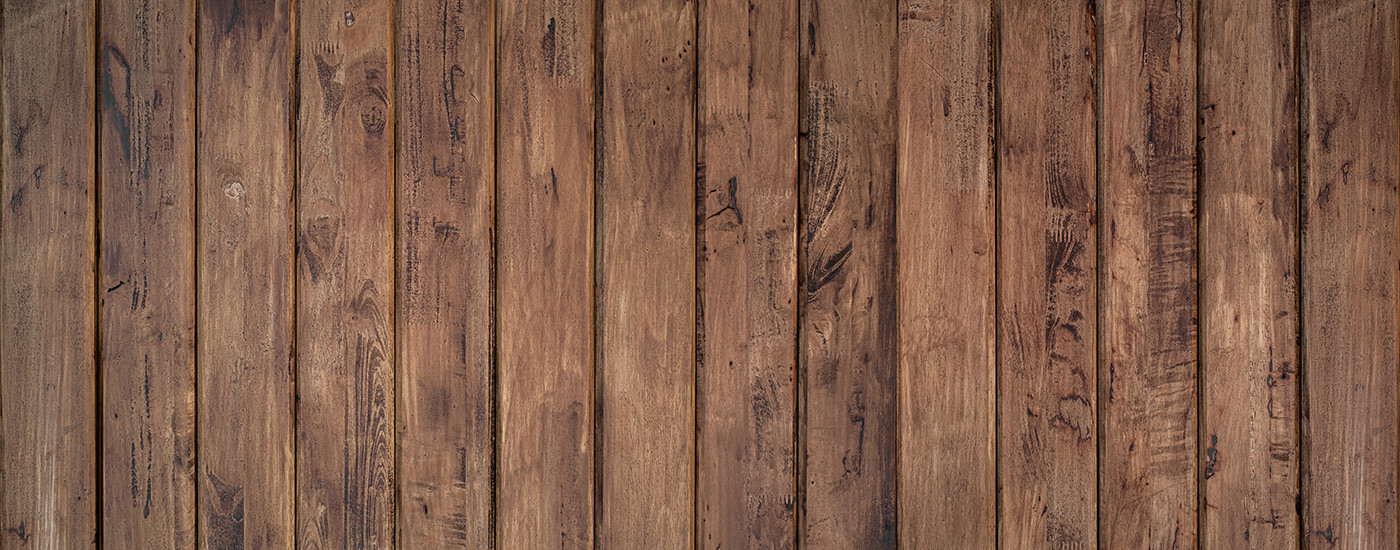When deciding whether to opt for hardwood or softwood for your wooden garden furniture, there are many factors to consider, including aesthetics, weather resistance, durability and maintenance. You also need to understand what each is before making any decisions, as confusingly softwood is not necessarily ‘soft’ nor hardwood ‘hard’; the terms simply refer to the characteristics of the trees, rather than the density of the wood.
What is hardwood?
Hardwood comes from deciduous trees, which lose their leaves in winter after they have changed colour in autumn. The seeds of a deciduous tree have a fleshy covering as with cherries, or a hard case covering e.g. an acorn. There are many types of hardwood but the most popular are oak and beech.
What is softwood?
Softwood comes from coniferous trees (conifers). These are evergreen and have either scaly leaves or needles which are retained all year round. They feature exposed, bare seeds and common types of softwood include pine, cedar and fir.
What are the characteristics of hardwood?
Aesthetically beautiful, hardwood has a dark-brown or reddish-brown colour. The natural humidity of the tropical areas where hardwoods grow make it a hardy timber, perfect for outdoor furniture, while its high oil content gives it a resistance to rain and damp and an invulnerability to wood eating insects. These qualities, together with its strength and durability means it is often used in the manufacture of high end, quality outdoor furniture.
Hardwood needs no treatment before use and requires very little ongoing maintenance beyond regular cleaning and an application of wood preserver if desired. It can be left untreated and will mature to have a stunning silver-grey tone. Our blog ‘How to protect your outdoor garden furniture this winter’ has lots of tips on caring for hardwood garden furniture.
Hardwood garden furniture has a higher price point than softwood garden furniture due to processing times and transportation costs. However, when balanced against a lifespan of several decades for a piece of furniture, there is very little difference and its longevity goes a long way towards offsetting its initial environmental impact. At Witham Timber, all our hardwood garden furniture products are sourced responsibly from sustainably managed forests.
What are the characteristics of softwood?
Softwood comes from fast-growing trees which grow in large numbers in northern Europe. This fairly localised source means that transportation costs are lower, keeping softwood products more competitively priced than hardwood equivalents. Softwood is much lighter in colour than hardwood, with a pale yellow or light brown tone. Often softwood garden furniture will have a greenish tint resulting from the pressure treatment that must be applied before use.
Softwood garden furniture has a thicker cut which makes it much chunkier and the ideal choice for a more rustic setting. It can also be painted to match any garden theme or style of décor.
At Witham Timber, our softwood garden furniture is made from 100% pressure treated timber which is durable for several years. Little maintenance is required but to extend the lifespan of softwood garden furniture, we always recommend the application of a preservative, and careful winter storage.
The decision to buy hardwood or softwood garden furniture is a purely personal one, with each having its own merits. Individual taste and personal preference will help you to decide which is best for your outdoor space but if you have any questions, we are happy to help; simply call us on 01205 359188.

